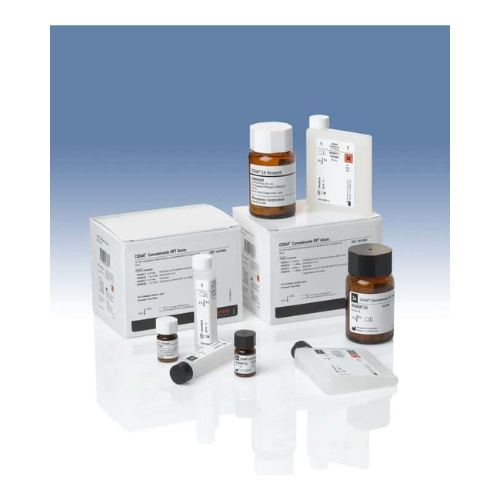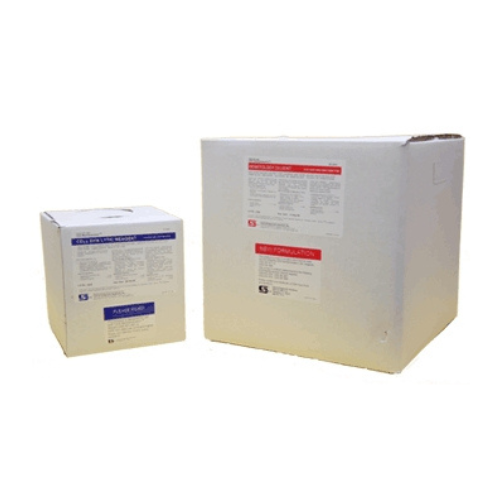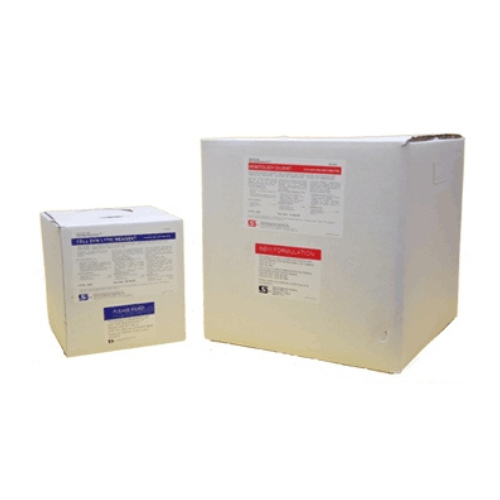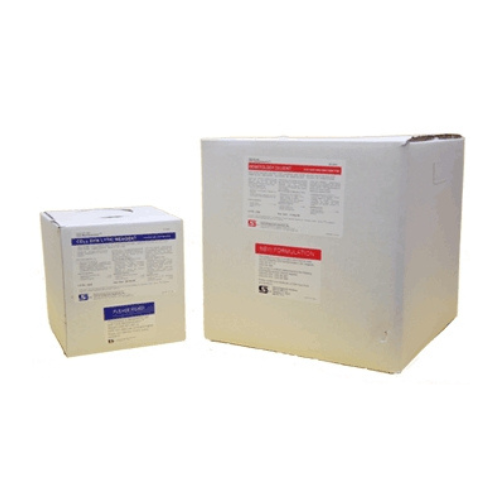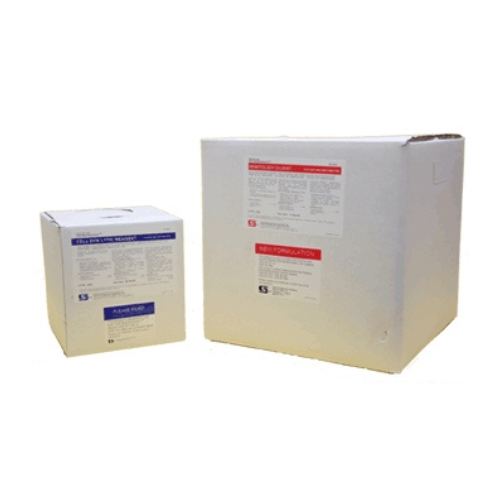For Business Use Only. Does Not Ship to Residential Addresses. For use inside an Analyzer, Sold Separately.
Thermo Kit Methamphetamine OFT
In Stock
Product Code: T-10014949
Manufacturer: Thermo Scientific
Shipping Weight: 2.00lbs (0.91kg)

WHY CHOOSE MYCO INSTRUMENTATION?
See Why in 2 mins.
Thermo Kit Methamphetamine OFT
Thermo Kit Methamphetamine OFT
Intended Use
The Thermo Scientific CEDIA Methamphetamine OFT Assay is intended for use in the qualitative determination of methamphetamine in human oral fluid at a cutoff concentration of 120 ng/mL in neat oral fluid. The specimen must be collected exclusively with the Oral-Eze® Oral Fluid Collection System. The assay is calibrated against d-methamphetamine and performed on clinical chemistry analyzers. This in vitro diagnostic device is intended for clinical laboratory use only.
Summary and Explanation of the Test
The collection of oral fluid is less invasive and no special facilities are required. Oral fluid contains mostly parent drug and therefore is a better indicator of recent drug use.
Methamphetamine is generally self-administered by oral ingestion. Methamphetamine is metabolized and excreted in urine as amphetamine and other metabolites. Methamphetamine was detected in saliva within a short time after use and can be detected up to 48 hours. Detection levels are dependent on several factors such as dosage and frequency of use.
CEDIA Methamphetamine OFT Assay uses recombinant DNA technology to produce a unique homogeneous enzyme immunoassay system. The assay is based on the bacterial enzyme β-galactosidase, which has been genetically engineered into two inactive fragments. These fragments spontaneously re-associate to form fully active enzyme that, in the assay format, cleave a substrate, generating a color change that can be measured spectrophotometrically.
In the assay, analyte in the sample competes with analyte conjugated to one inactive fragment (enzyme donor) of β-galactosidase for antibody binding site. If analyte is present in the sample, it binds to antibody, leaving the inactive enzyme fragment free to form active enzyme. If the analyte is not present in the sample, antibody binds to analyte conjugated on the inactive fragment, inhibiting the re-association of inactive β-galactosidase fragments, and no active enzyme is formed. The amount of active enzyme formed and resultant absorbance change are directly proportional to the amount of analyte present in the sample.



